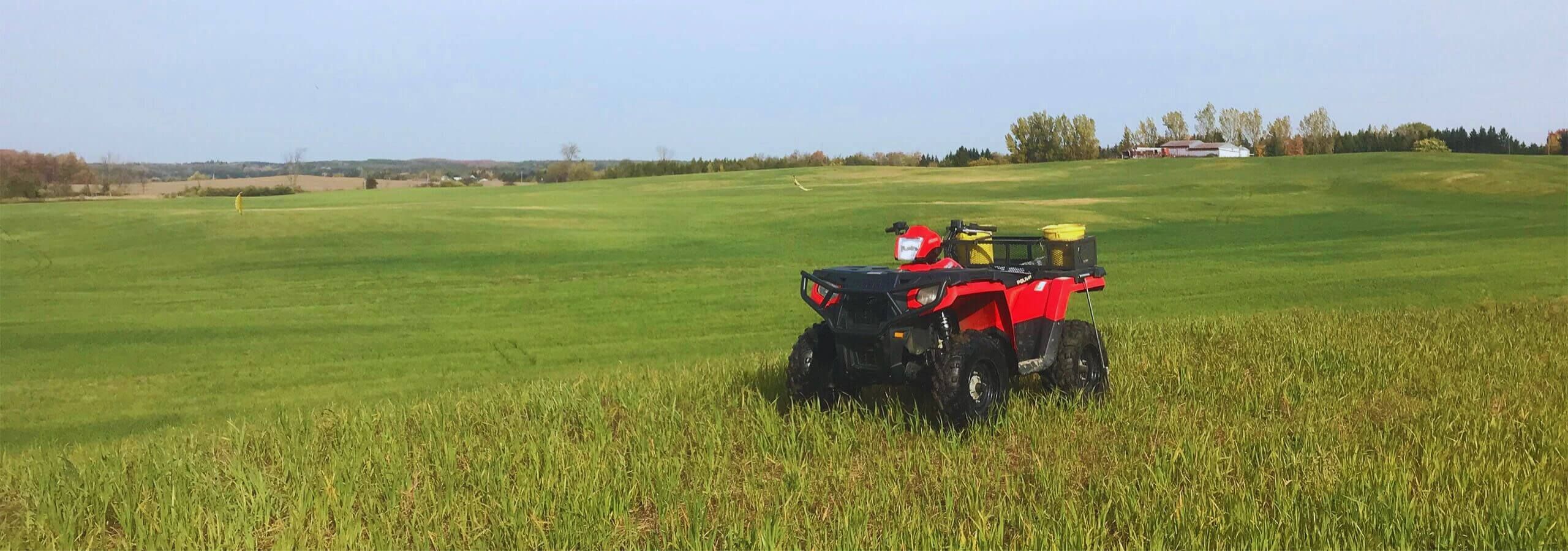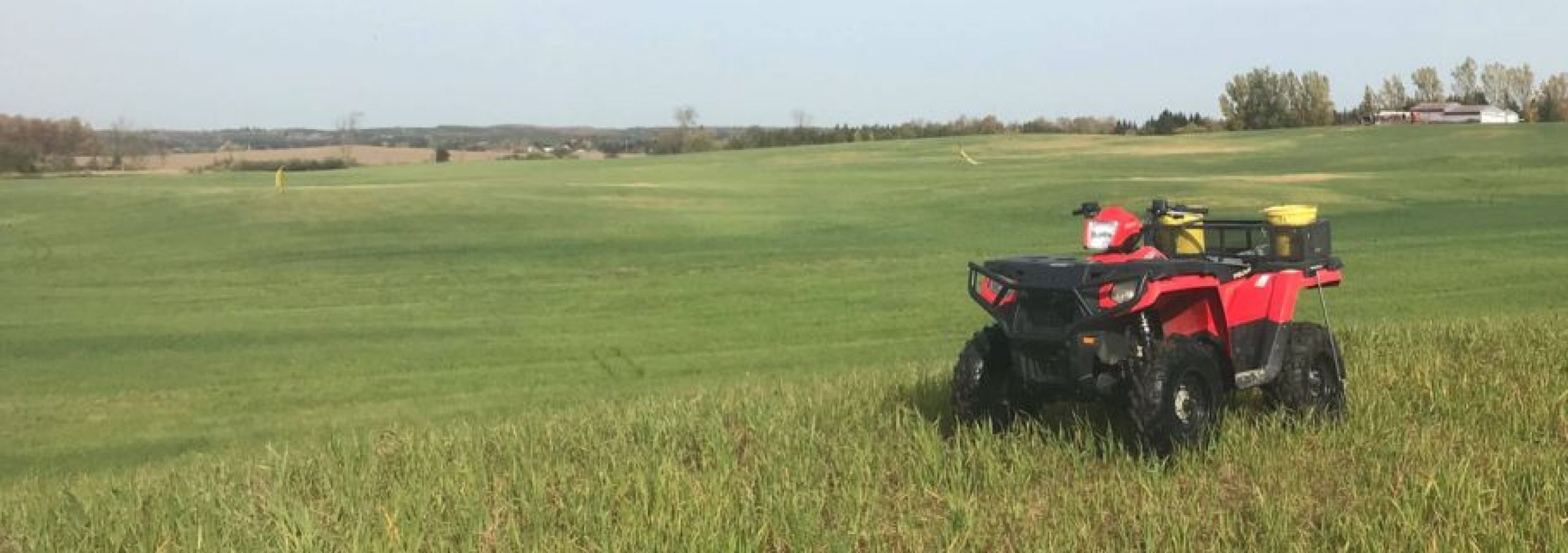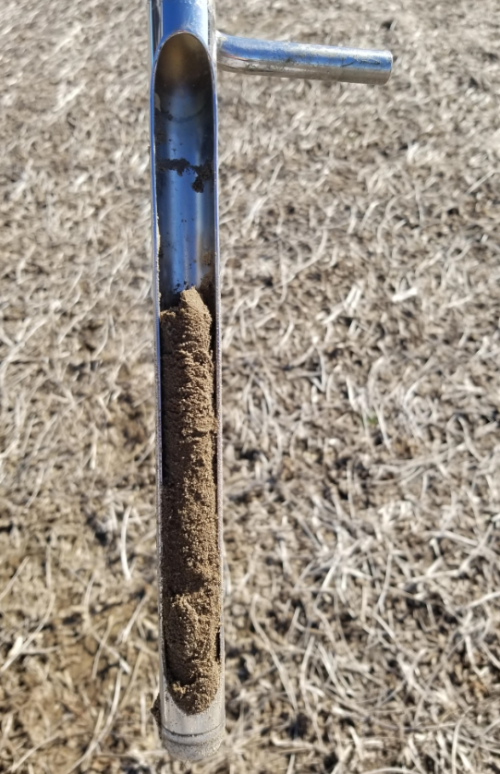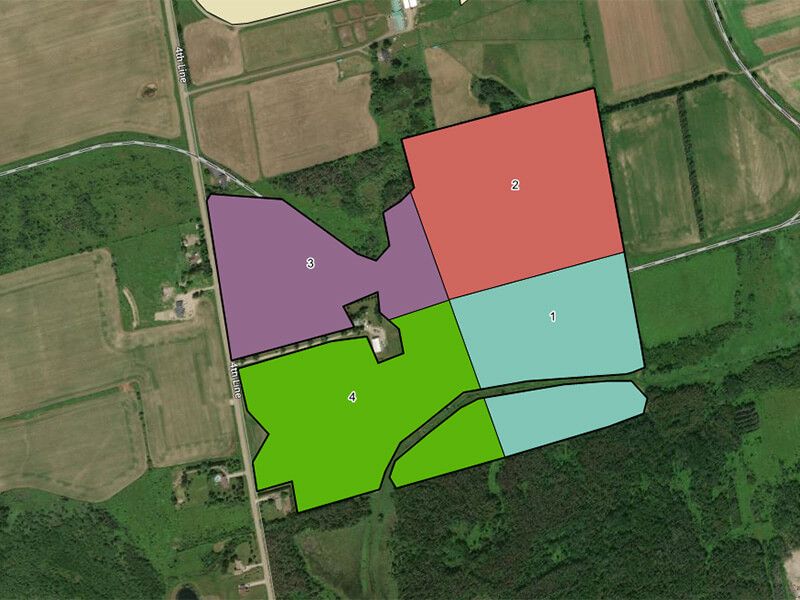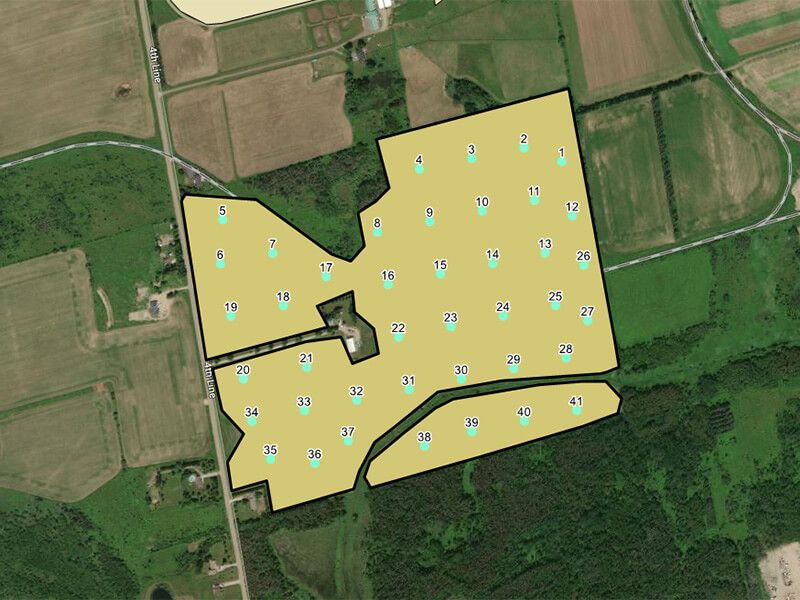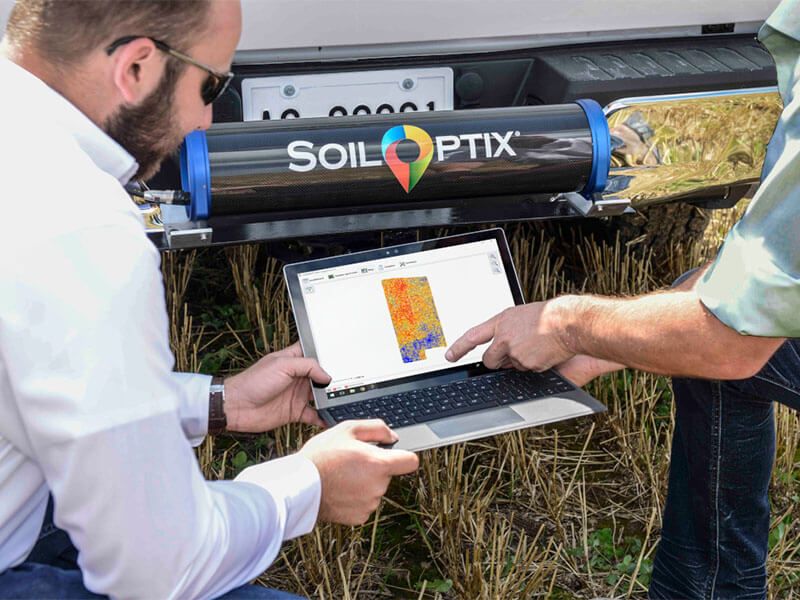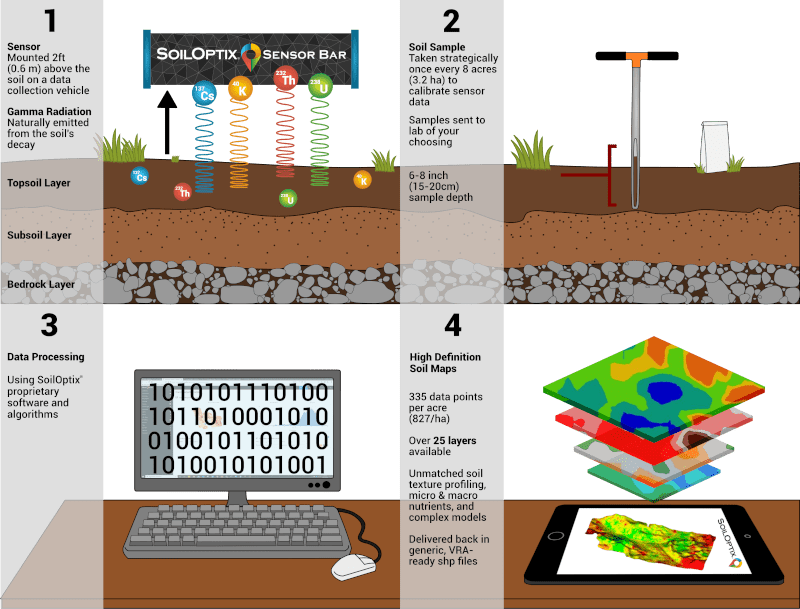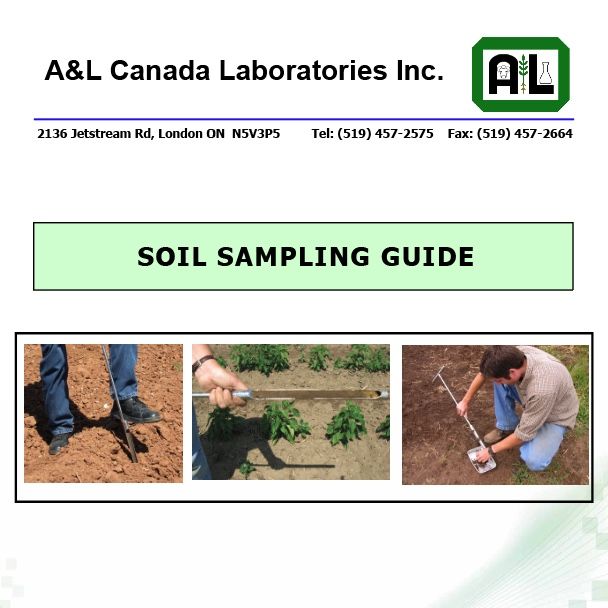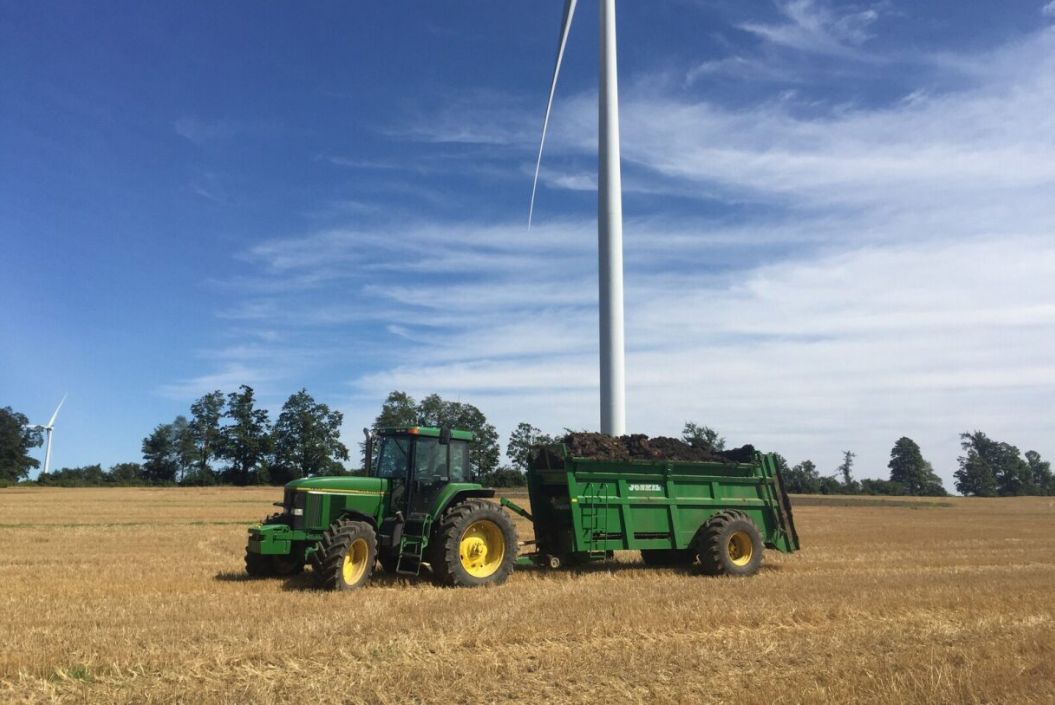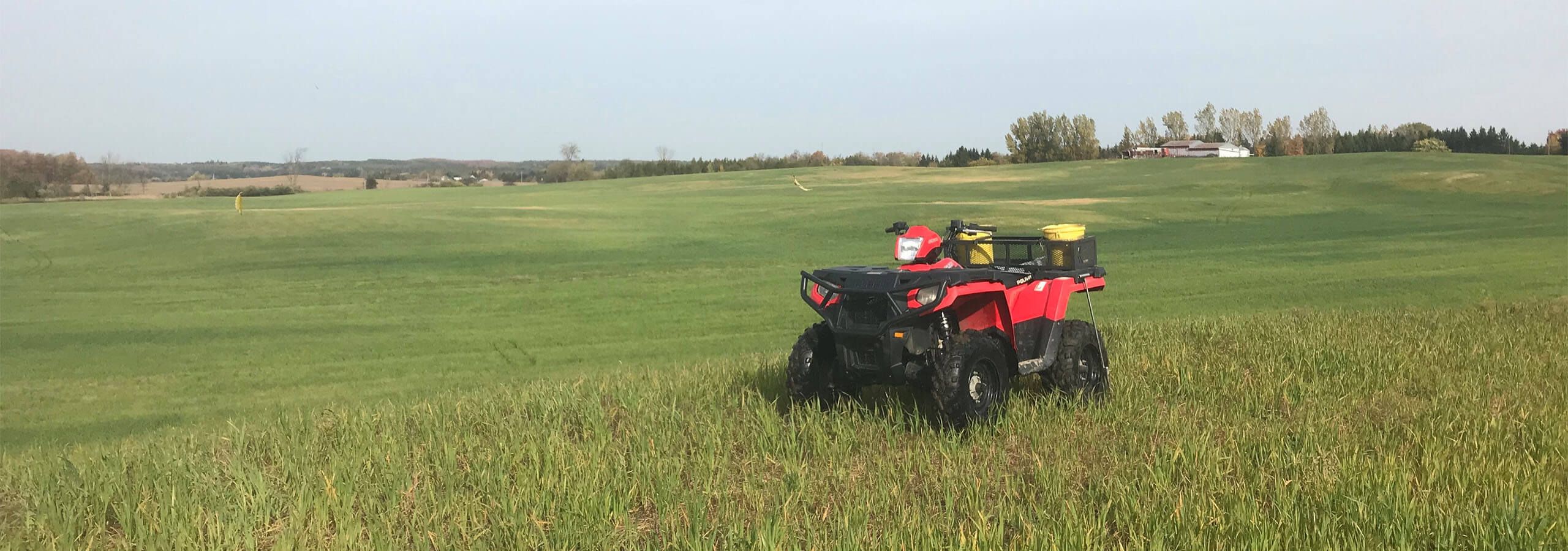
Soil is our strength
At Holmes Agro we believe soil is our strength! Everything starts with the soil, so it is crucial that we understand what we are working with in terms of nutrient levels, pH and other factors that impact soil’s ability to support a crop. A good representative soil sample will help you decided whether you need to take actions such as applying lime or fertilizer.


